Get PeakVisor App
Sign In
Search by GPS coordinates
- Latitude
- ° ' ''
- Longitude
- ° ' ''
- Units of Length

Yes
Cancel
Share ×

Scan the QR code and open PeakVisor on your phone
❤ Wishlist ×
Choose
Delete
Admirably named after Ansel Adams, a renowned landscape photographer and environmentalist, the Ansel Adams Wilderness spans 232,000 acres in the Sierra Nevada. 33.9% of the wilderness sits within the Inyo National Forest, 65.8% sits within the Sierra National Forest, and just .3% spans Devils Postpile National Monument.

The John Muir Wilderness, which is also named after another beloved revolutionary environmentalist and author, lies to the south of Ansel Adams, while Yosemite National Park lies to the north and northwest. Ansel Adams, Yosemite, John Muir, and a handful of other wilderness areas form the largest roadless area in the contiguous United States.
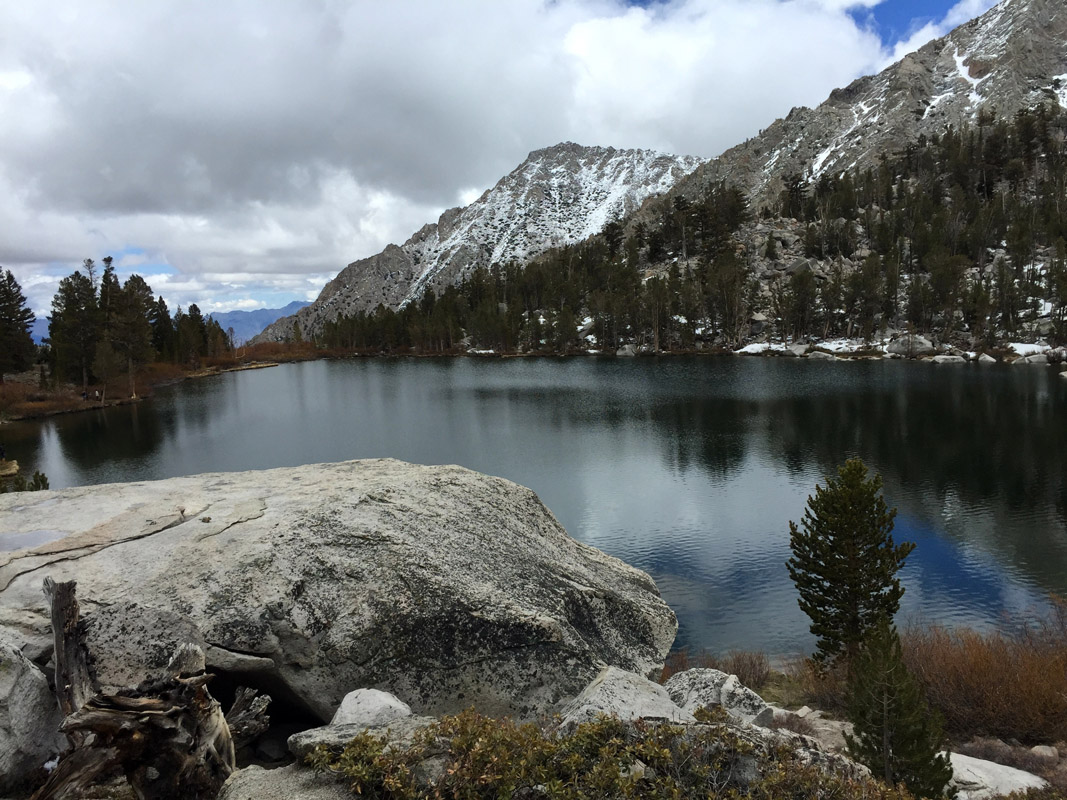
Many believe Adams to be a visionary and that his photographic work and advocacy played an integral role in the preservation and protection of the Sierra Nevada region, particularly Yosemite National Park. The Ansel Adams Wilderness was first established in 1962 as the Minarets Wilderness, a 109,500-acre wilderness area. However, the area was expanded and renamed in 1984 to honor the late Adams.
The Ansel Adams Wilderness, which is known for its spectacular granite peaks, craggy outcroppings, and steep-walled gorges varies in elevation from 3,500 feet to 13,150 feet at the top of Mount Ritter and contains several glaciated summits like Banner Peak, Rodgers Peak, and Minarets. Ansel Adams also contains some of the most breathtaking, high alpine lakes in the Sierra including Thousand Island Lake, Ediza Lake, Garnet Lake, and Minaret Lake.
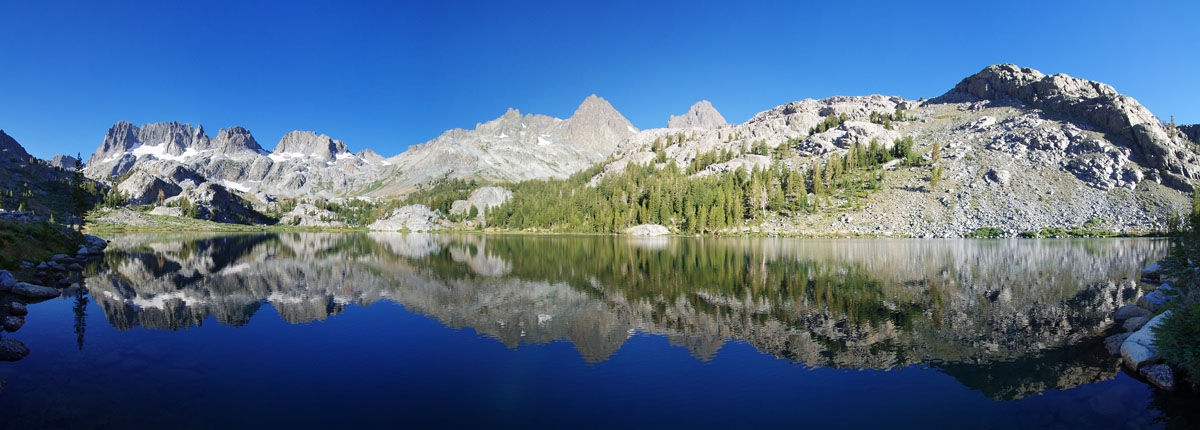
Approximately 30 million people live within just a few hours of the Ansel Adams Wilderness, making this region understandably popular for outdoor recreation. There are also over 350 miles of trail to enjoy, including portions of the iconic John Muir trail and Pacific Crest Trail, and plenty of opportunities for rock climbing, fishing, swimming, and cycling.
With increased popularity, however, come increased restrictions and responsibilities. The Ansel Adams Wilderness spans several different jurisdictions, which makes it important for visitors to research regulation and/or permit requirements when planning a trip.
Thousand Island Lake is known as one of the most stunning lakes in the Eastern Sierra. Named for its collection of rocky islands, Thousand Island lake’s crystalline blue waters reflect Banner Peak and offer hikers a variety of terrain to explore. A few trails lead to Thousand Island, but the most popular is the 8.75-mile High Trail, a portion of the longer Pacific Crest Trail. The High Trail begins at 8,340 feet and climbs to over 9,800 feet to the lake. Along the route, hikers can appreciate sweeping views of Agnew Meadows, Minarets, Mount Ritter, and Banner Peak.
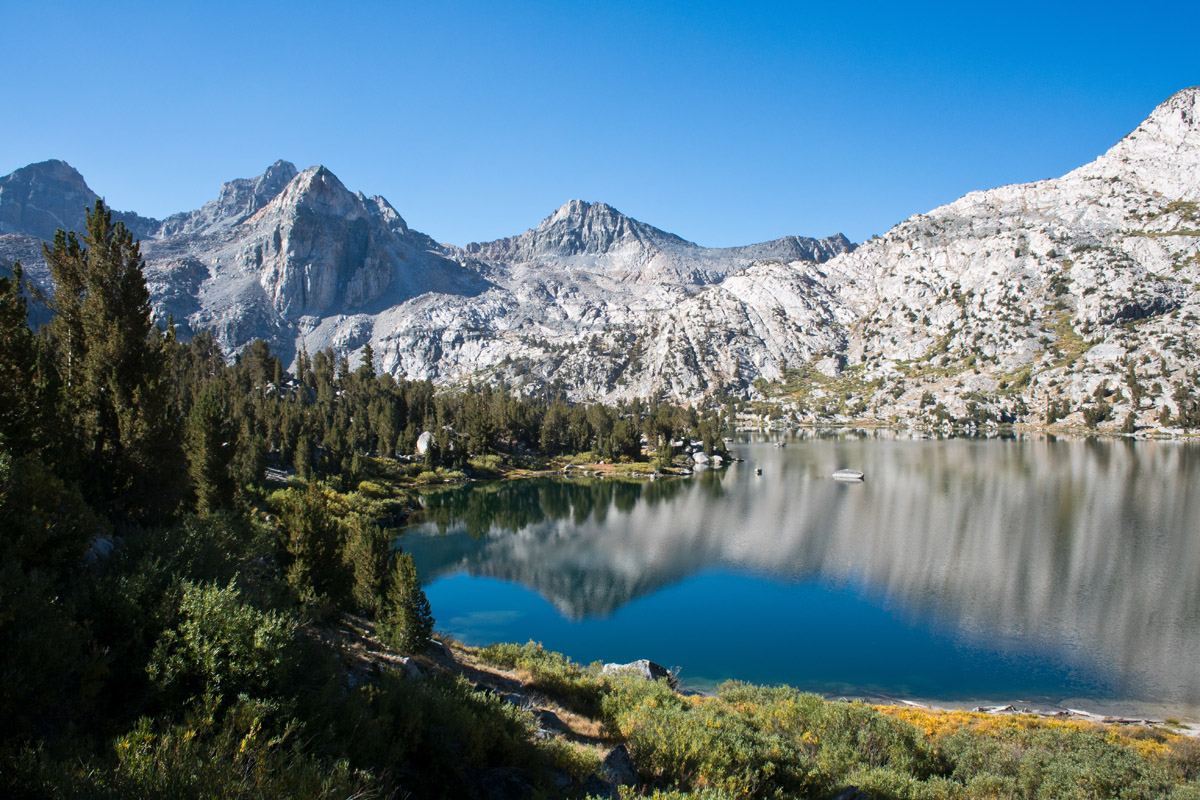
Though the 18+ mile trek can be attempted as a day hike, most hikers will opt to set up camp along the shore of Thousand Island to appreciate the landscape. However, hikers that choose to stay overnight have to adhere to a few rules. Camping is not permitted within 100 feet of the lake or a quarter mile from the outlet of the lake. A permit is also required to stay overnight, and a trail quota is in place (12 reservable, 8 walk-in). Lastly, campfires are not allowed at elevations over 10,000 feet due to wildfire danger.
Like Thousand Island Lake, Ediza is an incredible high-altitude lake surrounded by rugged summits and stunning alpine meadows. The 14-mile (RT) trail begins from Agnew Meadows and incorporates portions of both the Pacific Crest Trail and the John Muir Trail. Ediza can also be combined with a long-distance trek to Thousand Island Lake and Iceberg Lake. Again, though this trail can be attempted as a day hike, and often is, the best way to appreciate this incredible Eastern Sierra gem is by staying the night.
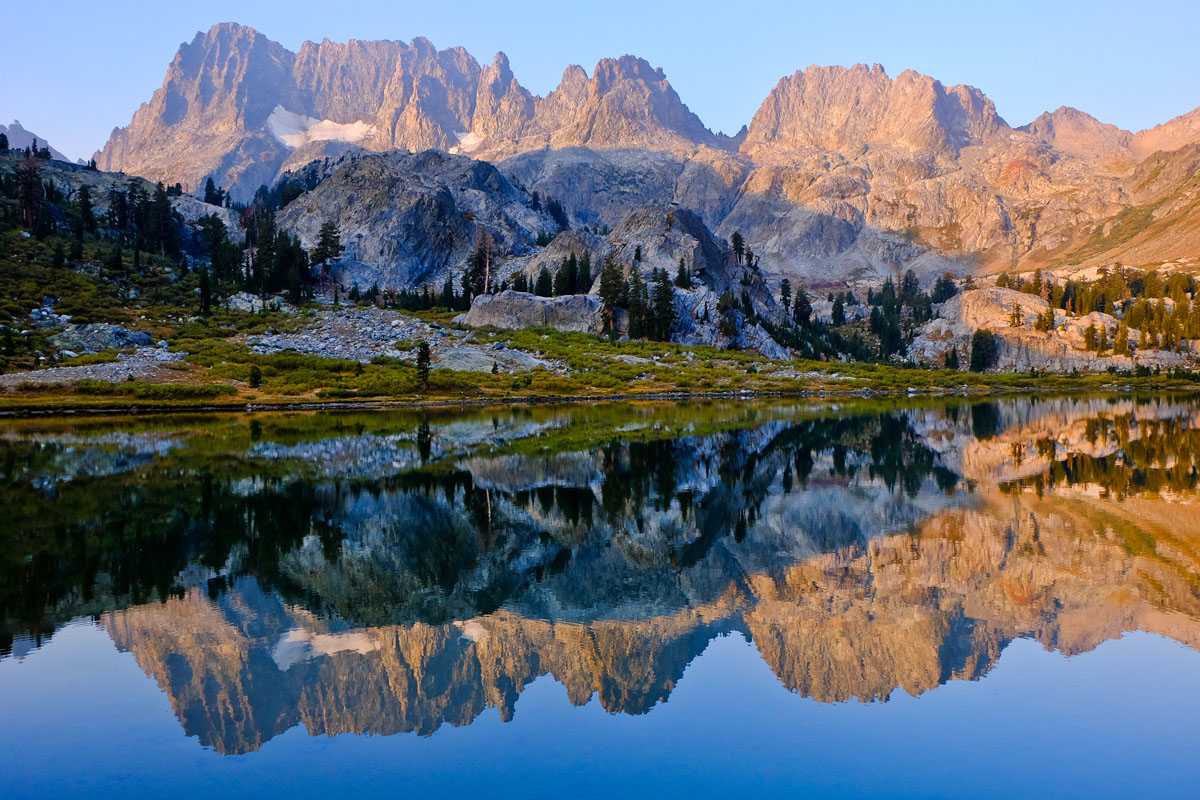
Nestled between Shadow Lake and Thousand Island Lake, Garnet Lake sits below the craggy summit of Banner peak. Most hikers will combine the trek to Garnet Lake with a long-distance hike to Ruby Lake, Emerald Lake, and Thousand Island Lake. Like the other treks on this list, the trail begins at Agnew Meadows and travels through incredible Eastern Sierra terrain with frequent vistas filled with Ritter Range summits.
Devils Postpile National Monument contains two popular attractions – Rainbow Falls, a 101-foot waterfall, and the Devils Postpile itself, a bizarre rock formation of columnar basalt. Initially, the monument and adjacent land was protected within Yosemite National Park. However, the discovery of gold in the early 1900s prompted a boundary change and made the region susceptible to development. Fortunately, the monument and surrounding 800 acres of wilderness was federally protected as a National Monument in 1911.
In addition to the Postpile, visitors can take a stroll along the Middle Fork of the San Joaquin River, trek to the high sierra, or make a quick trip to Rainbow Falls. Keep in mind, a mandatory shuttle in in place to reduce congestion in the park.
Mammoth Mountain, the highest mountain resort in California, is a four-season resort and destination for outdoor enthusiasts. Between early November and May, Mammoth is the premiere destination for winter recreation, boasting 3,500 acres of skiable terrain, a 3,100-foot vertical drop, 151 trails, and 28 lifts. During summer months, the area transforms into a mecca for hiking, biking, and sightseeing. Free public transportation connects the mountain to The Village, where visitors can find shopping and dining, as well as several incredible lodges.
Sitting beneath the towering peak of Mount Morrison on the shores of Convict Lake lies the Convict Lake Resort, a beloved basecamp for visitors to the Eastern Sierra. The resort contains 28 rustic mountain cabins and 3 lodges, all of which are pet-friendly and offer a host of amenities. Convict Lake Resort sits just 45 minutes from some of the most popular hiking trails in the Ansel Adams Wilderness and offers plenty of local hiking trails, lakes, and attractions to choose from.
Explore Ansel Adams Wilderness with the PeakVisor 3D Map and identify its summits.





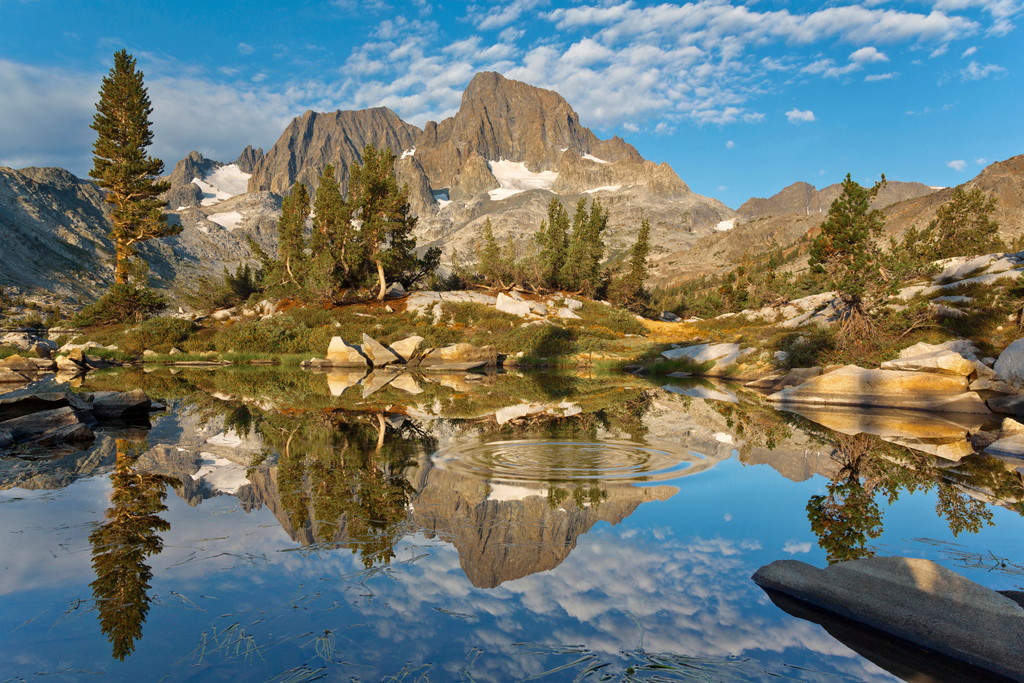
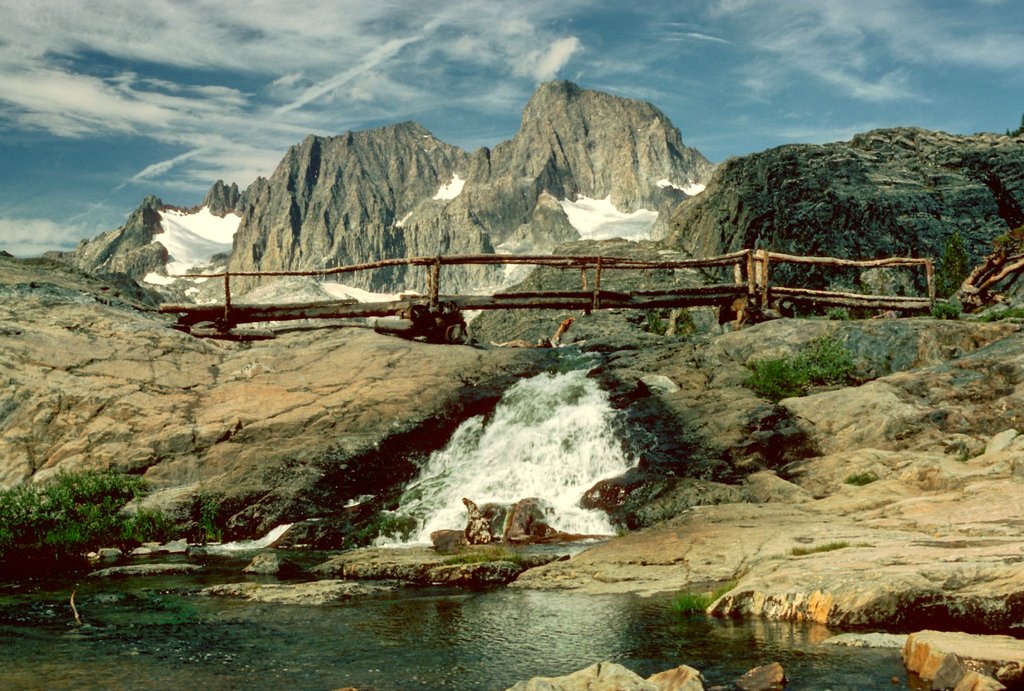
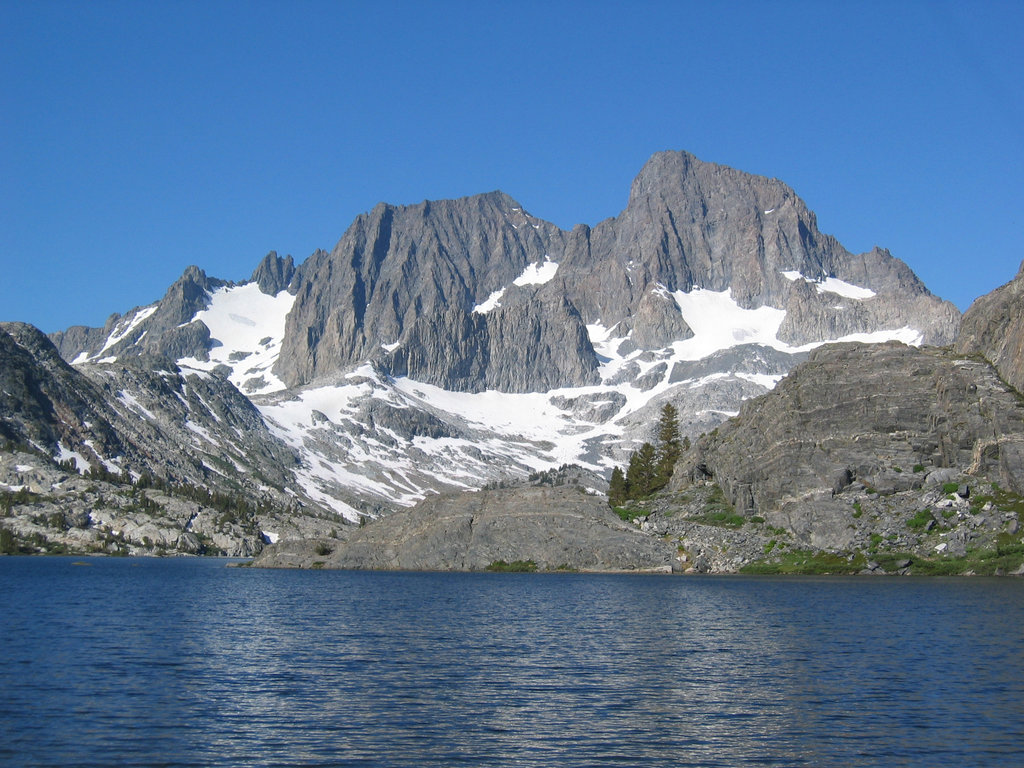
13er
western-state-climbers
western-state-climbers-star
sierra-club-sierra-peaks-section
sierra-peaks-section-emblem
sierra-sampler
fred-beckey-great-peaks
13er
western-state-climbers
western-state-climbers-star
sierra-club-sierra-peaks-section
sierra-sampler
vagmarken-sierra-crest
13er
western-state-climbers
western-state-climbers-emblem
vagmarken-sierra-crest
western-state-climbers
western-state-climbers-emblem
sierra-club-sierra-peaks-section
vagmarken-sierra-crest
western-state-climbers
western-state-climbers-emblem
sierra-club-sierra-peaks-section
sierra-sampler
vagmarken-sierra-crest
western-state-climbers
western-state-climbers-emblem
sierra-club-sierra-peaks-section
sierra-sampler
western-state-climbers
western-state-climbers-emblem
sierra-club-sierra-peaks-section
vagmarken-sierra-crest
13er
western-state-climbers
western-state-climbers-star
sierra-club-sierra-peaks-section
sierra-peaks-section-emblem
sierra-sampler
fred-beckey-great-peaks
13er
western-state-climbers
western-state-climbers-star
sierra-club-sierra-peaks-section
sierra-sampler
vagmarken-sierra-crest
13er
western-state-climbers
western-state-climbers-emblem
vagmarken-sierra-crest
western-state-climbers
sierra-club-sierra-peaks-section
sierra-sampler
vagmarken-sierra-crest
western-state-climbers
western-state-climbers-star
sierra-club-sierra-peaks-section
sierra-peaks-section-mountaineers
western-state-climbers
western-state-climbers-emblem
sierra-club-sierra-peaks-section
vagmarken-sierra-crest
